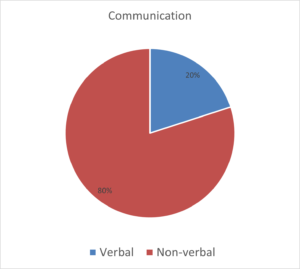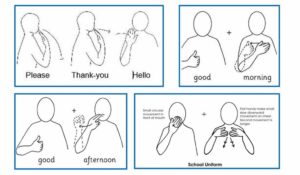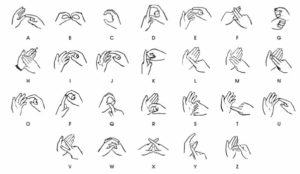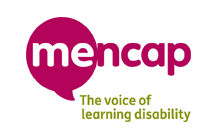What is a learning disability?
Learning disabilities may present in a variety of different ways and will vary enormously from one individual to another. Whilst some disabilities may be visible, others may not. Some people may require high levels of care and be highly dependent upon others for their day-to-day care needs whilst others may be able to remain fully independent with the right support. Everyone has a right to live happy fulfilling lives regardless of disability.
A learning disability is where a person finds it more difficult to learn and understand and may affect their communication and ability to carry out tasks. The words used to describe a learning disability are mild, moderate, severe, or profound. The causes of learning disabilities can include:
- Genetic factors (such as different kinds of syndromes)
- Brain injury/brain development
- In nearly half of all cases the cause is not known
Some people may have a combination of both a physical and a learning disability.
A range of professionals across education, health, social care, and voluntary sectors may be involved to ensure that a person with a learning disability has access to the right support at the right time to meet their individual needs.
Everybody’s experience of living with a learning disability is different. Please visit the Mencap website to hear from people about their experiences
Communicating with a person with learning disabilities
We all like to be understood and someone with a learning disability is no different. Communication isn’t just about talking, it’s also listening. Here are some tips for being a good communicator:
- use accessible language
- avoid jargon or long words that might be hard to understand.
- be prepared to use different communication tools
- follow the lead of the person you’re communicating with
- go at the pace of the person you’re communicating with; check you have understood and be creative.
Visit the Mencap website to watch a short video on communication
 Did you know, communicating isn’t just about the words we use. Only 20% of communication is verbal, meaning a huge 80% of communication is non-verbal
Did you know, communicating isn’t just about the words we use. Only 20% of communication is verbal, meaning a huge 80% of communication is non-verbal
Many people with a learning disability can use or recognise some signs. Signalong and Makaton are both Sign Supported English systems based on British Sign Language (BSL). Makaton is a language programme that uses signs, symbols, and speech, giving a person different options when communicating. There are currently over 1 million Makaton users, making it a popular communication tool. Why not try out some of the signs below:

Now, try making your name using the finger spelling chart

Written by Emma Marshall School Nurse
Learning disability facts
- 5 million people with a learning disability in the UK
- There are 351,000 children aged 0-17 years old with a learning disability in the uk
- People with a learning disability have fewer chances to take part in leisure activities or socialise with their peers
- London and the South East have the highest proportion of adults with learning disabilities in paid work

Top tips to remember
- Accept that everyone is different and that is okay
- Treat everyone with respect and dignity
- If you are unsure how to communicate with someone with a learning disability, ask them or people who know them best
- Create an atmosphere where people are and feel included
- Acknowledge that some people may wish to talk about their disability and others may not
- Be yourself


Recent Comments